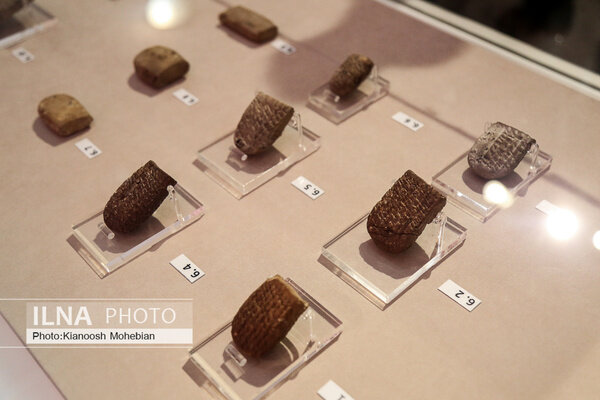U.S. to return another batch of Achaemenid tablets to Iran

TEHRAN – The Oriental Institute of the University of Chicago is getting prepared to return another batch of the Achaemenid tablets to the government of Iran after some 87 years of being on loan.
“Soon we will witness the return of another part of the Achaemenian tablets by the Oriental Institute of the University of Chicago…,” Director General of Museums and Historical-Cultural Properties Morteza Adibzadeh said on Saturday.
“Good news will be announced soon in that regard,” the official said.
“They are going through the necessary paperwork and correspondence, and U.S. sanctions have no effect on this matter,” Adibzadeh said in a response to a question about the possible effects of the U.S. sanctions on the legal process.
In September 2019, a batch of the clay tablets, which comprised 1,783 pieces, were returned home after 84 years. They are part of thousands of clay tablets and related fragments, which were kept at Chicago’s Field Museum of Natural History and the University of Chicago’s Oriental Institute.
In February 2018, following years of ups and downs, the fate of those ancient Persian artifacts was left in the hands of the U.S. Supreme Court, which ruled in favor of Iran.
Archaeologists affiliated with the University of Chicago discovered the tablets in the 1930s while excavating in Persepolis, the ceremonial capital of the Persian Empire. However, the institute has resumed work in collaboration with colleagues in Iran, and the return of the tablets is part of a broadening of contacts between scholars in the two countries, said Gil Stein, director of the Oriental Institute at the University of Chicago.
The tablets reveal the scenes of the economic, social, and religious history of the Achaemenid Empire (550-330 BC) and the larger Near Eastern region in the fifth century BC.
Darius I, by name Darius the Great, was king of Persia from 522 BC to 486 BC, one of the greatest rulers of the Achaemenid dynasty, who was noted for his administrative genius and his great building projects. Darius attempted several times to conquer Greece; his fleet was destroyed by a storm in 492, and the Athenians defeated his army at Marathon in 490.
The Achaemenid [Persian] Empire was the largest and most durable empire of its time. The empire stretched from Ethiopia, through Egypt, to Greece, to Anatolia (modern Turkey), Central Asia, and India.
AFM
Leave a Comment